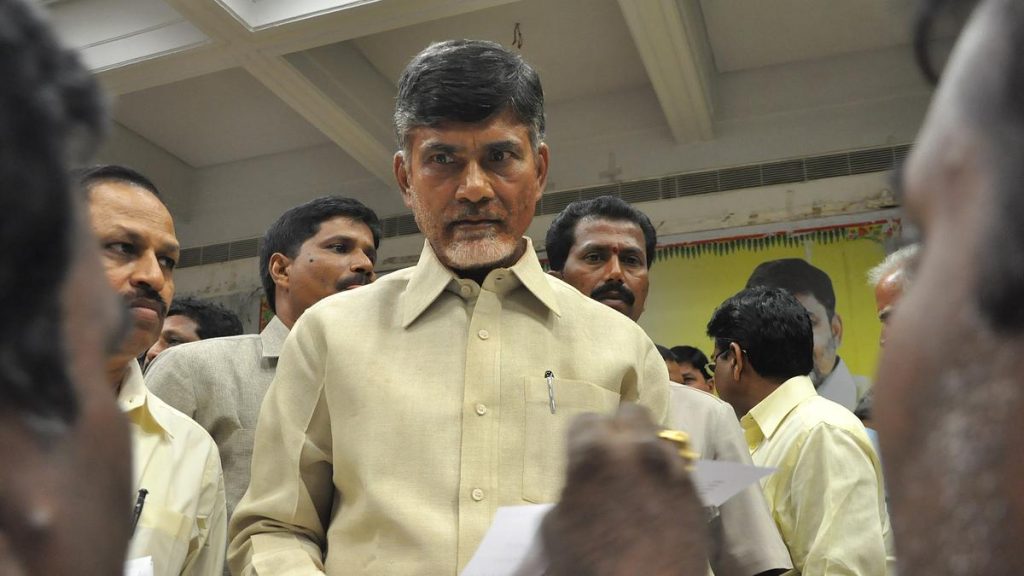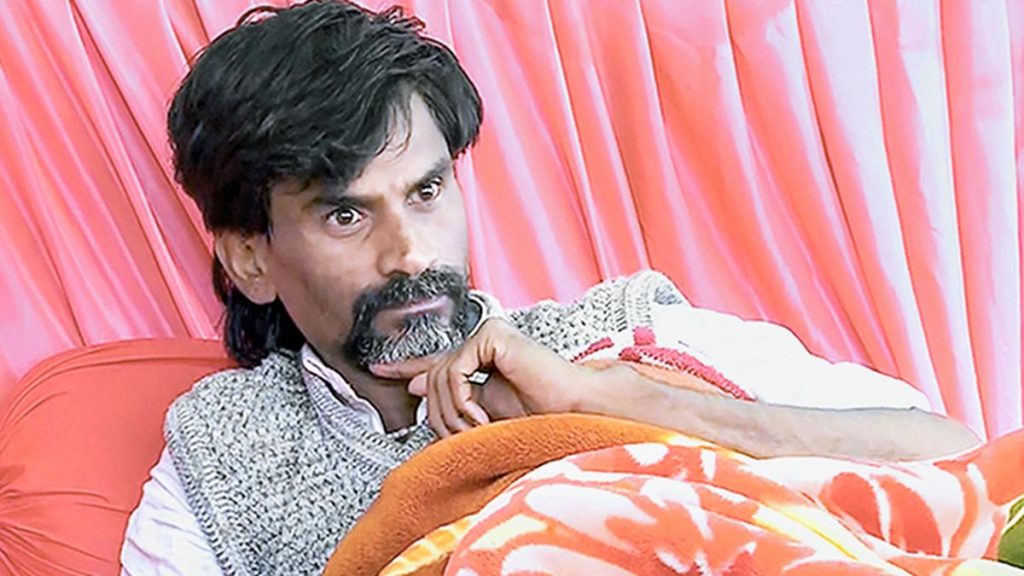Now Reading: India’s Tobacco Laws Lag Behind on Smokeless Products
-
01
India’s Tobacco Laws Lag Behind on Smokeless Products
India’s Tobacco Laws Lag Behind on Smokeless Products

Quick Summary
- In 2017, tobacco-related economic costs in India totaled ₹1,773.4 billion (1.04% of GDP), with second-hand smoking adding healthcare costs of ₹566.7 billion (0.33% of GDP).
- Weak enforcement and gaps in the Cigarettes and Other Tobacco Products Act (COTPA), 2003, are major challenges for tobacco control:
– Smokeless tobacco remains underregulated and is highly consumed due to cultural acceptance.
– Surrogate advertisements indirectly promote tobacco usage despite being banned.- Tobacco taxation is insufficient; bidi tax burden is only 22%, well below WHO’s recommended level of at least 75%.
- Government efforts on warning labels lack effectiveness; India does not mandate plain packaging and warnings focus narrowly on oral cancer.
- Poor implementation of the Prohibition of Electronic Cigarettes Act (PECA) allows online access to e-cigarettes.
- The National Tobacco Control Program (NTCP) relies heavily on awareness campaigns but fails to address deeper social factors like poverty, stress, unemployment that drive consumption.
- School-based initiatives by ToFEI lack scientific rigor compared to global standards set by organizations like the CDC in the U.S., which emphasize holistic education and parental involvement.
- A coordinated approach among multiple government ministries is necessary for effective regulation.
Indian Opinion Analysis
India faces notable public health burdens from tobacco consumption, costing over ₹2 trillion annually-an alarming financial strain alongside preventable harm caused by related diseases. While existing laws like COTPA provide a framework for regulation, their patchy enforcement diminishes overall impact. The country’s failure to implement consistent fiscal measures such as higher taxes or plain packaging highlights missed opportunities both financially and medically.
The disproportionate use of smokeless forms-owing largely to cultural tolerance-is further exacerbated by inadequate control mechanisms such as lower taxation levels and surrogate advertising loopholes that normalize consumption behaviors among vulnerable groups like teens through indirect exposure.
effective long-term strategies must move beyond isolated interventions toward extensive approaches addressing social determinants such as poverty or unemployment while adopting international best practices-including robust school programs similar to those implemented in developed nations.
interministerial collaboration paired with stronger research capabilities will be critical if India aims to achieve its “Tobacco Endgame” goal-a multipronged effort requiring sustained political willpower across sectors.
Read More: Link
Images:
!80/2023-05-02T071156Z1014255226RC25Q0A3RBCQRTRMADP3AUSTRALIA-VAPING-BAN.JPG”>Image
!

























